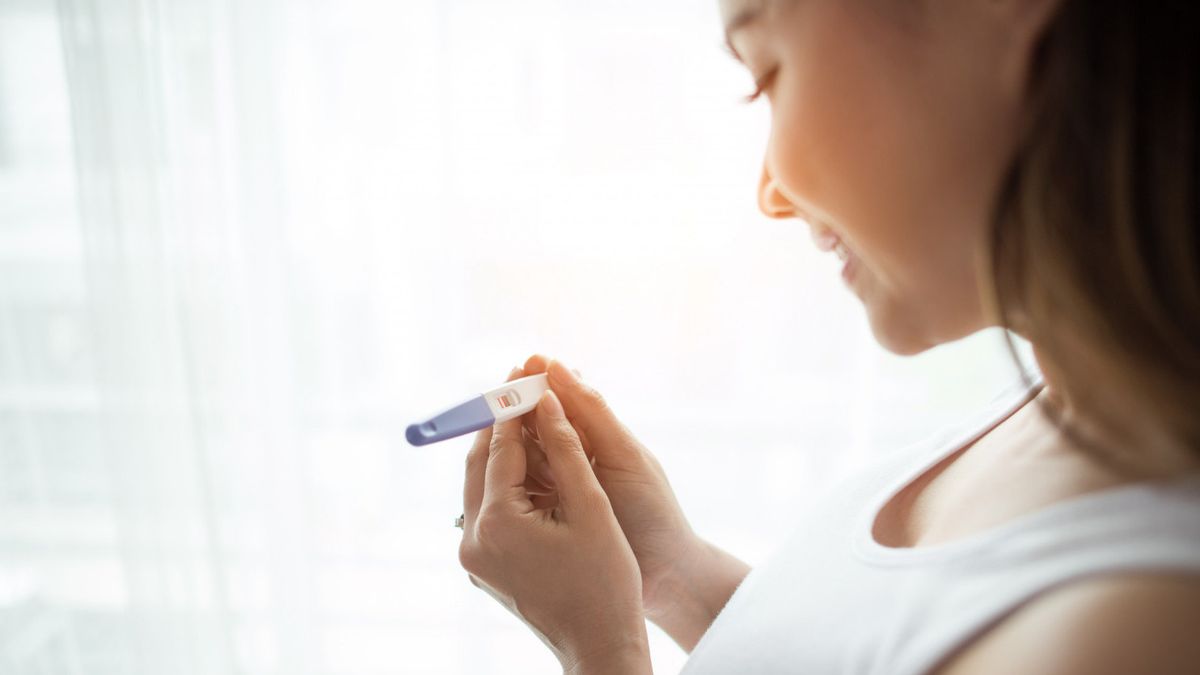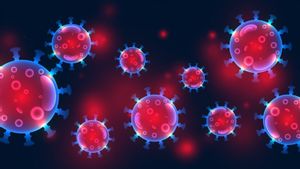YOGYAKARTA Researchers conducted a number of studies on the purpose of female orgasm in the reproductive aspect. Whether orgasm is related to the pregnancy process or not, they are trying to be explored scientifically. But it turns out, the correlation between satisfaction and pregnancy is still unclear.
Even if an orgasm helps women to get pregnant, how do they work is being pursued by experts. The first theory, Polyexe Theory, was carried out more than half a century ago. The hypothesis of this research when women are tired after orgasm, makes them lie down after sex. The idea is, lying down positions make it easier for sperm to achieve their goals. It seems that this less convincing research is trying to prove that the position of horizontal sleep after insemination is more likely to get pregnant.
The second theory is called Upsuck's theory, which contractions the uterus at the time of orgasm, helps shoot' the semen stored in the vagina near the cervix. That way, orgasm helps move sperm through the uterus and tube channels.
The length of the distance between a woman's orgasm and men's ejaculation during penetration is also calculated by researchers. The findings, a woman's orgasm occurs one minute or less before men's ejaculation, sperm retention is greater. Whereas if an orgasm does not occur in one minute, either before or after male ejaculation, sperm retention is lower. Researchers also found that during a woman's orgasm up to 45 minutes later, sperm retention is higher. However, this study does not see the rate of pregnancy.
The theory of eveocation explains the reasons why orgasm occurs. The theory argues that a woman's orgasm used to be important for conception. But today, ovulation is experienced by productive women on average once a month, whether it's sex or not.
Evolutionary theory is also falsified or updated in its hypothesis, as recent findings prove that ovulation continues with or without sexual stimulation in the clitoris. Notabene, stimulation in the clitoris encourages women to reach orgasm, but its position is in line with the vaginal tract. It does not mean that women have no purpose in fertilization or orgasm, but in the context of this study its significance decreases.
Researchers found that weak correlation between orgasm rates and the number of offspring. Due to the ability or inability to achieve orgasm, it does not affect fertility levels.
It seems that orgasm may or may not help with pregnancy opportunities. However, estrogen hormones are a link between ovulation, orgasm, and pregnancy. Higher estrogen levels are responsible for increasing cervical fluids (also known as natural lubricants). The fluid creates an ideal environment for sperm to survive and swim, but in addition, wettting increases sexual desire and makes orgasm more likely.
Stronger sex drive is more likely to have an orgasm in the days before ovulation. This is due to increased estrogen levels. Both during ovulation and pregnancy, orgasm can be felt more due to increased blood flow to the pelvic area. The increase in blood flow and pelvic swelling were more pronounced during pregnancy, and several women had orgasms for the first time when they were pregnant.
SEE ALSO:
So does orgasm increase the chances of getting pregnant? Launching VerywellFamily, Thursday, July 6, just enjoy intimate time with your partner. There is no pressure on orgasm, meaning it will not encourage the emergence of guilt. So, if there is no orgasm, it's okay, if you reach orgasm, good.
The English, Chinese, Japanese, Arabic, and French versions are automatically generated by the AI. So there may still be inaccuracies in translating, please always see Indonesian as our main language. (system supported by DigitalSiber.id)


















